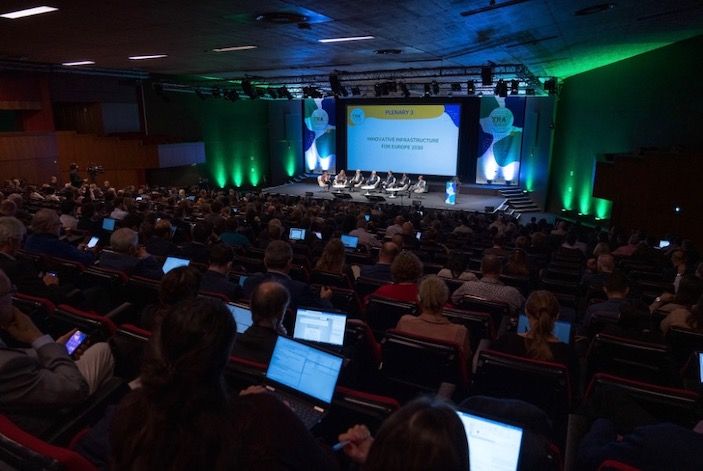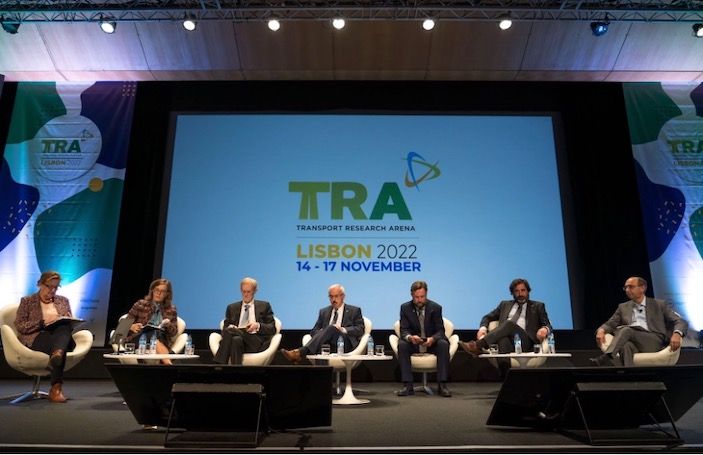From November 14-17, the Transport Research Arena (TRA) gathered experts from around the world in Lisbon to discuss the biggest challenges on the path to decarbonizing transport by 2050. The objective is in line with the goals set by the European Green Deal of making Europe the first carbon neutral continent.
Concerns were expressed about transport infrastructure not being able to keep up with the technological advancements that can support the sector’s green transition. Experts revealed the most difficult obstacles that have to be overcome and put forward some solutions.
“We need to accelerate the transfer from road to rail and boat, which we believe is the best short-term solution for reducing CO2 emissions,” said Pietro D’Arpa, vice president supply chain, Procter & Gamble Europe. “It is not the final solution, but it is a step in the right direction.”
“Traffic on Europe’s roads and railways is increasing while much of the continent’s transport infrastructure is ageing and facing new climate-related challenges,” added Alasdair Cain, director of research, development and technology coordination at the USDOT. “Coming out of this pandemic, the way in which transport and urban areas are used, has fundamentally changed. People started working remotely more, so the car has become the most desirable mode of travelling in a post covid world.”

What about energy efficiency? “Despite the increase in energy efficiency, this is not sufficient to cover the huge number of kilometres people are travelling,” explained João Caetano, president of the Portuguese Institute for Mobility and Transport. At the same time, transport infrastructure is now facing new challenges and opportunities from energy transition and digitalization. “I don’t think digitalization is the fundamental change we need, decarbonization is. If you leave the system as it is and digitalize it, emissions will still grow, so decarbonization is the key.”





